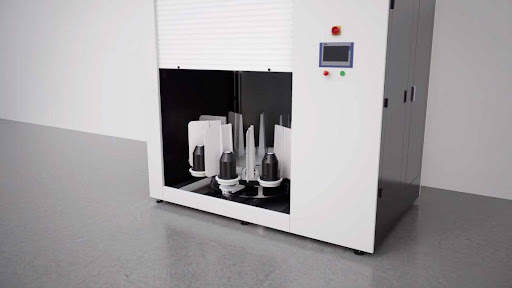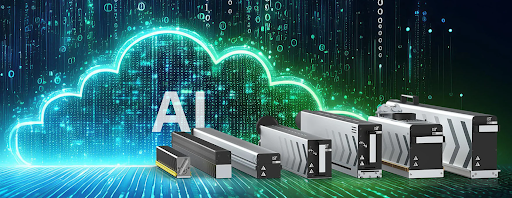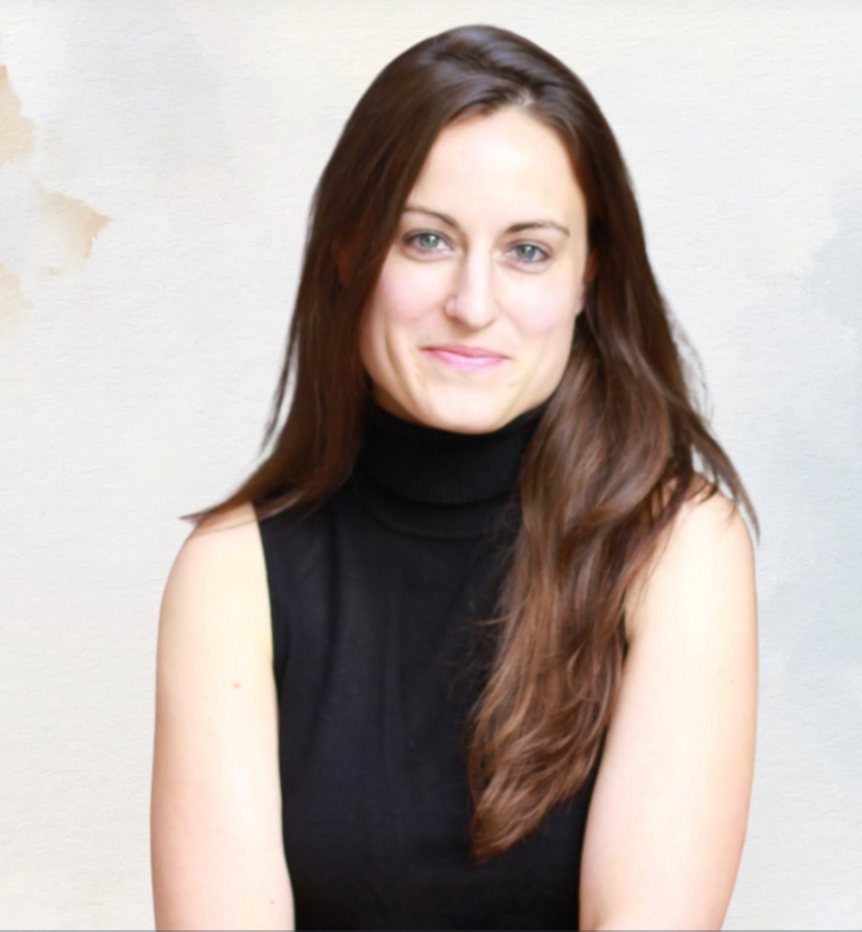By: Heidelberg
Kennesaw, Ga. February 12, 2025 – POLAR cutters continue to impress with their efficiency, durability, and high level of operator satisfaction. With a combined 83 years of service, two POLAR cutters in the Midwest have become symbols of the brand’s enduring legacy. Looking to build upon this reliability with advanced technology, Artisan Press in Sioux City, IA, and LKCS in Peru, IL, recently upgraded to new POLAR cutters from HEIDELBERG, resulting in significant gains in productivity and throughput.
Consistent Quality and Reliable Cutting at Artisan Press
Artisan Press, a full-service commercial printer based in Sioux City, IA, serves a diverse range of customers across the Midwestern United States, including manufacturing companies, medical facilities, and educational and financial institutions. To maintain the high level of service the company has provided its customers for over seventy years, Artisan Press recently installed a POLAR N 115 high-speed cutter from HEIDELBERG. The POLAR N 115 replaces an aging cutter from a competitive manufacturer and complements another POLAR cutter the company has relied upon since 1983.
“The cutter we had to replace was significantly newer than our older POLAR,” said Artisan’s Production Manager, Ray Goodvin. “It’s hard to believe that after forty years, our POLAR is still running great. We’re just amazed by the quality products that it continues to produce.”
Installed at the end of 2024, the new POLAR N 115 has made a significant impact on Artisan Press’s turnaround times and job completion costs thanks to its intuitive and operator-friendly interface and quick back gauge speed of 11.81 in/sec. According to Goodvin, “The new POLAR takes everything we loved about our old cutter and makes it even better – faster, more efficient, and incredibly reliable.”
A long time HEIDELBERG user, Artisan Press is equipped with a variety of HEIDELBERG offset presses, Prinect workflow, and a new Suprasetter A75 that was installed last year. The company remains impressed by the exceptional service HEIDELBERG provides – from equipment removal to installation to quick and simple training – all with “no headaches.”
Over the years, Artisan Press consistently evaluates its equipment and invests in new technologies to ensure it always meets its customers’ high standards. Following the outstanding experience with its new POLAR, Goodvin said, “we won’t hesitate to turn to HEIDELBERG for future upgrades across our production arsenal.”
Exceptional Product, Exceptional Training at LKCS
Unlike traditional commercial printers, LKCS is a one-stop shop for financial service companies, offering a wide range of services all under one roof. Based in Peru, IL, the company handles programming, hosting, design, printing, and mailing for clients across nearly all fifty states, with a focus on over 700 financial institutions. Jeff Sobkowiak, Vice President of Production at LKCS, explained, “While we specialize in financial institutions, our motto, ‘We Do That,’ reflects our ability to deliver a wide range of products for any company in the marketing sector with unmatched service and response time.”
Founded in 1961, LKCS is currently ranked #1 amongst its competitors for customer satisfaction. To maintain this competitive edge, the third-generation family-owned company recently upgraded from a 1985 POLAR cutter to a new POLAR N 78 PLUS. “Efficiency, durability, longevity, and operator satisfaction are the key reasons POLAR cutters help us deliver exceptional service and drive steady sales and profit growth, even in a competitive, challenging market,” said Sobkowiak.
LKCS’s new cutter, installed at the end of 2024, features POLAR OptiKnife, which streamlines blade changes, making them faster and more efficient. Additionally, operators benefit from incredibly quick makereadies thanks to the intuitive cutting programming, allowing them to easily store and recall cutting sequences. These advanced features have reduced the time needed for both processes by half.
According to Sobkowiak, “The touchscreen display and user-friendly programming have made setup faster and more accurate. Training new employees is now easier, allowing them to become productive and profitable in a much shorter time.”
Flawless installation and training from HEIDELBERG also played a pivotal role in LKCS’s quick success with its new POLAR. “Our trainer, Kris Novak, was exceptional,” said Sobkowiak, “It is because of people like him that we will look to HEIDELBERG in the future for additional equipment.”
Having purchased several presses and cutters from HEIDELBERG over the years, he added, “There is a reason we are a return customer, and that’s because we believe in HEIDELBERG and its products, end of story.”
About Artisan Press
Artisan Press is a commercial printing company offering a wide range of services in an extensive service area. Its customers include manufacturing companies, medical facilities, educational and financial institutions, and many local businesses. Extending its excellent customer service to all customers, large or small, Artisan continues to evaluate its equipment and invest in new technologies, which allows it to provide the quality products that its customers demand.
About LKCS
Letterkraft Printers (LK), was one of the first true offset printing companies in Central Illinois. Within a few years of inception, Creative Services (CS) was started as the company’s direct mail and statement processing division. Today, LKCS provides a complete array of omni-channel marketing services for financial institutions and other clients nationwide. LKCS remains on the forefront of technology, constantly introducing new solutions to give our clients the tools they need to succeed.
About HEIDELBERG:
Heidelberger Druckmaschinen AG (HEIDELBERG) is a leading technology company that has been standing for innovation, quality and reliability in mechanical engineering worldwide for 175 years. With a clear focus on growth, HEIDELBERG as a total solution provider is driving further development in the core areas of packaging and digital printing, software solutions and the lifecycle business with service and consumables so that customers can achieve maximum productivity and efficiency.
The company is also focusing on expanding into new business areas such as high-precision plant engineering with integrated control, automation technology and robotics as well as the growing green technologies. With a strong international presence in approximately 170 countries, the creative power and expertise of its around 9,500 employees, its own production facilities in Europe, China and the USA and one of the largest global sales and service networks, the company is well-positioned for future growth.
www.heidelberg.com




